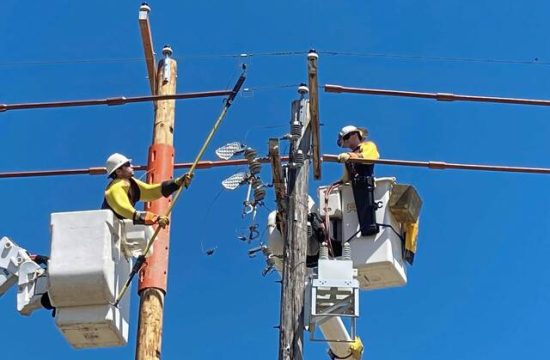In the realm of human intelligence assessment, the traditional measure of Intelligence Quotient (IQ) has long been the gold standard. However, it was Harvard psychologist Howard Gardner who challenged this singular notion of intelligence by introducing the Multiple Intelligences Theory. This theory, first proposed in 1983, posits that human intelligence is not a monolithic entity, but rather a diverse array of interconnected aptitudes. Gardner’s groundbreaking work has reshaped how we understand intelligence, education, and the potential of individuals. In this blog post, we delve into the concept of Multiple Intelligences Theory and explore its implications for education, personal development, and the broader understanding of human capabilities.
The Basics of Multiple Intelligences Theory
Howard Gardner’s Multiple Intelligences Theory asserts that human intelligence cannot be accurately encapsulated by a single numerical value. Instead, he identified eight distinct intelligences, each representing a unique facet of human cognitive ability. These intelligences are:
- Linguistic Intelligence: Proficiency in language and words, often seen in poets, writers, and speakers.
- Logical-Mathematical Intelligence: Strong analytical and problem-solving skills, characteristic of mathematicians, scientists, and engineers.
- Spatial Intelligence: The ability to visualize and manipulate objects in space, common among architects, artists, and navigators.
- Musical Intelligence: A keen sense of rhythm, melody, and harmony, exhibited by musicians, composers, and conductors.
- Bodily-Kinesthetic Intelligence: Skillful control of one’s body, prevalent in athletes, dancers, and surgeons.
- Interpersonal Intelligence: Empathy, understanding, and effective communication with others, seen in counselors, leaders, and social workers.
- Intrapersonal Intelligence: Self-awareness, introspection, and a deep understanding of one’s own emotions, often present in philosophers and spiritual leaders.
- Naturalistic Intelligence: An affinity for the natural world and the ability to categorize and recognize patterns within it, observed in biologists, environmentalists, and botanists.
Beyond IQ: Implications for Education
The traditional education system has predominantly focused on linguistic and logical-mathematical intelligences, often favoring those who excel in these areas. However, Gardner’s theory underscores the importance of recognizing and nurturing all eight intelligences in students. This paradigm shift has led to the development of more inclusive and diverse educational approaches.
Educators now aim to create learning environments that accommodate different learning styles, allowing students to harness their unique strengths. For instance, a student with high bodily-kinesthetic intelligence might excel in a hands-on learning activity, while a student with strong musical intelligence might thrive in a music-infused lesson. By embracing multiple intelligences, educators empower students to explore various avenues of expression and comprehension, fostering a more holistic and effective educational experience.
Personal Development and Career Choices
Understanding the concept of multiple intelligences is not limited to the classroom; it has profound implications for personal development and career choices as well. By recognizing our individual intelligences, we can make informed decisions about our paths in life. Someone with a strong intrapersonal intelligence may find fulfillment in a career that involves self-reflection and personal growth, such as life coaching or counseling. On the other hand, an individual with heightened naturalistic intelligence might gravitate toward professions related to environmental conservation or ecological research.
Furthermore, the theory encourages us to appreciate the diverse talents of others and promotes a more inclusive and empathetic society. Instead of narrowly defining success based on a single measure, we can celebrate the multitude of talents that contribute to the richness of our communities.

A Broader Understanding of Human Capabilities
Multiple Intelligences Theory challenges the idea that intelligence is static and unchanging. It acknowledges that human potential is multifaceted and that each intelligence can be developed and refined over time. This notion opens the door to a growth mindset, where individuals believe in their capacity to learn and adapt, irrespective of their initial aptitudes.
Moreover, this theory raises questions about the intersection of these intelligences and their role in shaping complex human behaviors. For example, musical-rhythmic intelligence combined with linguistic intelligence might lead to exceptional lyricists, while logical-mathematical intelligence combined with spatial intelligence could give rise to innovative architects and engineers. Check out their page to get more important information about using brain booster.
Conclusion
The concept of Multiple Intelligences Theory extends far beyond the confines of traditional IQ assessments. Howard Gardner’s pioneering work invites us to explore the diverse landscape of human abilities and recognize the myriad ways in which intelligence manifests. By embracing this theory, educators, parents, and individuals can tap into their full potential, fostering a more inclusive and empathetic world where the richness of human intelligence is celebrated in all its forms. As we continue to unravel the intricacies of the human mind, Multiple Intelligences Theory remains a beacon of insight that reminds us of the limitless possibilities that lie within each of us.






















